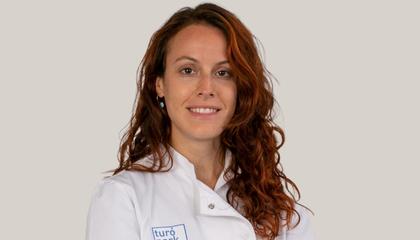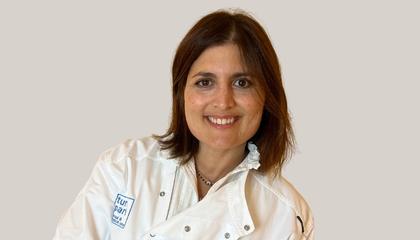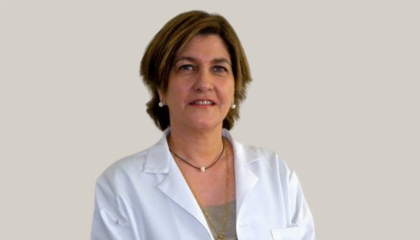Lack of menstruation, heavy bleeding , menstrual cramps... All menstrual disorders should be diagnosed and treated by a gynecologist!
On average, women menstruate 400 times in their lives. Menstruation is part of a natural hormonal cycle, but it often gives rise to problems and symptoms that sometimes severely handicap women.
Menstrual disorders occur when periods are too heavy or too light, last too long, occur too often or are irregular. Fortunately, there are solutions to limit the symptoms and sometimes even to cure menstrual disorders permanently.
Do not hesitate to make an appointment with one of our English-speaking gynaecologists for a complete, caring and long-lasting treatment of your menstrual cycle disorders.
Fast track your treatment
To book an appointment or speak with one of our friendly team, please get in touch using the options below

What is a menstrual disorder?
The term menstrual cycle refers to phenomena that occurs in women that allows the body to prepare for a possible pregnancy. This cycle depends on the overall hormonal balance, particularly the hormones LH and FSH, which stimulate the ovaries and the production of oestrogen and progesterone.
The menstrual cycle consists of three phases:
- The follicular phase (before the release of the egg)
- The ovulatory phase (release of the egg)
- The luteal phase (after the egg is released)
Menstruation occurs at the beginning of the menstrual cycle, but its duration, intensity and timing vary from woman to woman. Some women have light menstrual bleeding for a short time, while others have heavy bleeding that lasts longer. Menstruation can also change over the course of a lifetime.
Menstrual disorders are abnormalities in the functioning of the menstrual cycle that mainly affect menstruation. They can take different forms: painful, heavy, irregular or no periods at all.
What are the different menstrual disorders?
- Severe fatigue
- Tenderness or even pain in the chest
- Irritability
- Insomnia
- Anxiety
- Difficulty concentrating
- Swelling of the lower abdomen
- Headaches
- Transient weight gain
- Delayed puberty
- Congenital malformation of the uterus
- A genetic disease (Turner's syndrome and Kallmann's syndrome in particular)
- Taking oestroprogestogenic contraceptives
- Discontinuation of a contraceptive
- Following an abortion or surgery on the uterus
- Early menopause
- Stress
- Psychological shock
- An eating disorder, especially anorexia
- Pregnancy and breastfeeding
- Hormonal imbalance: too much estrogen or too little progesterone
- Presence of organic lesions such as fibroids or polyps
- Development of endometrial cells inside the uterine muscle (adenomyosis)
Breakthrough bleeding is bleeding that occurs between periods. Most of the time, this spotting is not serious.
This bleeding can be caused by a range of factors, including:
- The insertion of an IUD (intrauterine device)
- Taking hormonal contraceptives
- Expulsion of an IUD or inflammation of the endometrium
- Forgetting to take the contraceptive pill or taking emergency contraception (morning-after pill)
- A uterine fibroid
- Lesions of the cervix or vulva-vaginal region (micro-trauma, polyps, etc.)
- Endometriosis (abnormal growth of the lining of the uterus, sometimes proliferating to other organs)
- A fall or blow to the genital area
- Cancer of the cervix or endometrium, or even of the ovaries
- An infection
Again, the solutions depend on the causes of the metrorrhagia. Once the diagnosis has been made, the doctor will propose an appropriate treatment (surgery, antibiotics, etc.).
How are menstrual disorders diagnosed?
Menstrual disorders all display certain abnormal symptoms that are specific to the pathology that must be diagnosed. This diagnosis is essentially based on an in-depth interview with the patient, carried out in order to understand the manifestations of the disorder, its evolution and the associated symptoms.
A gynaecological examination can also provide some answers.
Imaging examinations such as pelvic ultrasound, pelvic MRI on one side or hypothalamic-pituitary MRI on the other can also provide important information.
In any case, if you feel that your period is interfering with your social life, or that your cycles have changed, do not hesitate to talk to your doctor or gynaecologist.
We care for Women.
Our specialists offer obstetrics and gynecologic care for women through all phases of life, from your pre-teen years to post-menopausal years.

Our English-speaking gynaecologists




